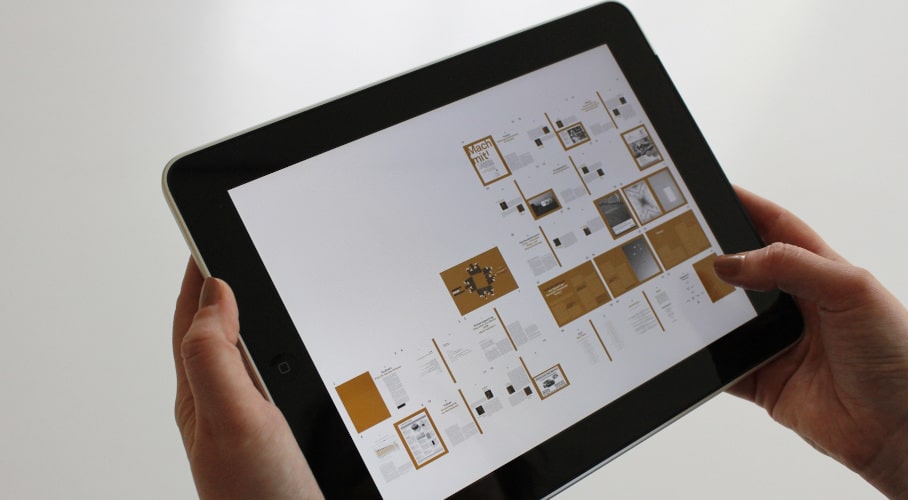Networking has been one of those subjects that have taken me many years to understand.
I would always come back to networking time and time again as there is so much going on here.
There’s binary conversions, IP addressing, OSI model and so much more.
It’s a subject that I never loose interest in and the more I learn, the better I get at setting up networks at home.
CCNA and CompTIA Network+ seems to be the leading industry standards when it comes to learning networks and acquiring internationally recognised certifications.
If you can get your hands on some course material then this well help you out so much.
As you can see here I have started some networking posts and I hope to cover the complete CCNA certification eventually.
You can start learning networking at home with some cheap, old routers and switches.
